Le Clarence opened in December 2015 just off the Champs Elysee, in a grand 19th century Paris townhouse. This handsome building is owned by Prince Robert of Luxembourg, who is also the CEO of the Domaine Clarence Dillon wine house. This consists of several properties including Chateau Haut Brion, one of the five “first growth” estates in Bordeaux, and whose first vintage dates back to 1525. In charge of the kitchen is Christophe Pelé, who was formerly head chef of former two-Michelin star Le Bigarade in Paris (this closed in 2012), and has worked in several top kitchens including Ledoyen, Pierre Gagnaire and Le Bristol. The restaurant was awarded two Michelin stars straight out of the gate in the 2016 guide, just a couple of months after opening.
There is a welcome lounge on the second floor of the building, and three small dining rooms on the first floor. There are no hard floors or industrial décor here. Instead this is quintessential upper class Paris, with wood panelling, linen tablecloths and wonderfully thick carpets. There was no a la carte choice but rather a series of tasting menus of different lengths. Three courses were priced at €90 (£78), four courses at €130 (£113) and six courses (plus nibbles) at €190; (£165) we went for the longest menu.
The wine list was vast, stretching over 78 pages and not surprisingly it included a lengthy selection of Haut Brion wines. There was no room for any pesky foreign wines, since there is clearly ample choice from God’s own country, namely France. There was a token €35 wine, but most choices were considerably more expensive than this, though relative mark-ups were not excessive. Sample labels were Ostertag Riesling Fronholz 2014 at €70 for a bottle that you can find in the high street from €37, Domaine Adam Hudelot Noellat Les Petit Vougeots 2013 at €135 compared to its retail price of €89, and François Carillon Puligny Montrachet 2015 at €190 for a bottle that will set you back €62 in a shop. There were plenty of grander wines too, such as at Etienne Sauzet Bienvenue-Batard-Montrachet 2013 at a bargain €450 compared to its retail price of €449, and Chapoutier Ermitage Le Pavillon 2010 at €780 for a bottle whose current value is €383. From Haut Brion itself you could enjoy, should you have the means, Les Plantiers 2001 at €140 compared to its shop price of €58, Le Clarence de Haut Brion 2009 at €250 compared to its retail price of €166 and Chateau Haut Brion 2001 at €1,125 for a wine whose current market value is €510. In general the mark-ups were not especially high by Paris standards, and there was the odd relative bargain e.g. the lovely Guigal Chateau d’Ampuis 2011 was €150 compared to its retail price of €138.
A trio of nibbles began the meal. Clam gratin with garlic butter, served inside the just opened clam’s shell, was excellent, with a very tender clam and an interesting contrast of the shellfish with the garlic. Comte gougeres were neatly piped and had good cheese flavour and texture, but gougeres always taste at their very best straight from the oven, which these were not. The star nibble was superb barbajuan, the Mediterranean appetiser. This is simple enough in concept: a fritter stuffed with Swiss chard and ricotta cheese. However the version here was sublime, with an exceptionally light and crisp wrapper and a great tasting filling. I have tasted this dish at Louis XV quite a few times over the years and this was the best version I have eaten (average 19/20 nibbles but more for the barbajuan).
A further amuse-bouche was cuttlefish tempura resting on a slice of kiwi fruit, with herbs and karashi (Japanese yellow mustard) with an XO sauce condiment. I have never been convinced by kiwi fruit but the cuttlefish was very tender inside its delicate wrapper, and the acidity of the XO and sharpness of the mustard contrasted nicely with it (18/20). At this point we were served some brioche that had been made from scratch in the kitchen. This had many layers, was as light as a cloud and had just a hint of salt, so differing from the traditional sweetness of brioche. This was a remarkable piece of baking, one of the best breads I have eaten in a long time (20/20). Other breads offered were bought in from a top Parisian bakery called La Maison Pichard in the 15th arrondisement, which has won several awards. The sourdough was particularly good but the baguette was also lovely, as were the grissini. A further nibble of some mussels in their shell were fine, but although the shellfish themselves were of good quality I couldn’t get overly excited about these (barely 16/20).
The first proper course featured scallops served in several ways. There was roasted scallop with buffalo milk, capers, poached scallop with a topping of sea urchin and daikon radish resting in beef broth, and a tartare of scallop with seaweed from Loctudy in Brittany, and a tomato sauce. These were all very enjoyable, but the beef broth variant worked particularly well, the very clear bouillon having a deep flavour that worked well with the gentle sweetness of the high quality scallop (18/20).
Red mullet was served in two forms, grilled with spinach, orange marmalade and bottarga and the other raw with sorrel, shallot marmalade and celeriac powder. This was a very successful dish, the red mullet of high quality and beautifully cooked, the earthiness of the celeriac working well as a contrast along with the leaves. The touch of sharpness and sweetness from the orange balanced the natural bitterness and saltiness of the bottarga. This was a tricky dish that could easily have gone wrong in less capable hands, but the balance of the strong flavours was very precise (19/20).
This was followed by John Dory with white butter, black rice and blood orange along with cockles, another unusual combination. Although for me this didn’t work quite as well as the previous dish, the fish was precisely cooked and again the flavour balance was well judged. On the side was some superb quality endive braised in Noilly Prat (vermouth) topped with crisp pig’s ear, Petrossian caviar and almond butter. The bitterness of the endive and the saltiness of the caviar balanced the butter really well, and indeed I actually thought this endive side element was even better than the fish (18/20).
The final savoury course was quail that had been roasted with black truffle, chimichurri sauce (chopped parsley, minced garlic, olive oil, oregano and red wine vinegar) and squid ink and served with celeriac cream. I am very fond of quail but this was of exceptionally high quality, and the distinctive celeriac flavour and scent of truffle were a lovely way to offset the richness of the meat. Alongside was another excellent side dish, cep mushroom ravioli with tender ”elbow” of lobster, black truffle and Parmesan cream. There was also radicchio salad with exceptionally high quality radicchio leaves, black truffle and a perfectly judged dressing involving old Banyuls vinegar (19/20).
Cheese was from a supplier in the Loire called Philippe Grégoireand was in excellent condition. Eating cheese in a top restaurant in France is a joy because the cheeses are usually carefully kept and served in such an optimal state, as they were here. The meal concluded with a lovely dessert involving mandarin sorbet, lemon cream with saffron, fresh fruits, an almond biscuit and cardamom cream. This was light and refreshing, a nice way to finish without introducing too much sweetness (18/20). Finally there were mignardise served with coffee. The latter was from l’Arbre a Café near Les Halles. This boutique shop, run by a former historian and coffee obsessive called Hippolyte Courty, was really top notch, deeply flavoured but with good acidity. A trio of mignardise comprised a miniature soufflé of chocolate with black truffle, a slice of fabulously rich chocolate tart using black chocolate from Sao Tome et Principe (“the chocolate islands” off the west African coast and once the world’s largest producer of cacao) and stunningly good vanilla ice cream with perfect texture. These were all were top notch; when a French kitchen does pastry well then it is hard to beat (20/20).
Service was superb throughout, from the warm greeting at the door through to the attentive, friendly waiters and knowledgeable sommelier. This was superbly orchestrated service, as good as it gets. The bill, with two bottles of excellent wine between us, came to €347 (£320) per person. If you went for the shorter menu plus coffee and mineral water and shared a more modest bottle of wine then you could leave here with a total bill of around £120 per head. This is actually very fair given the high standard of cooking here, and bearing in mind this is Paris, where some of the three (and two) star restaurants charge eye-popping prices. There are individual courses at, for example, nearby two star Le Meurice that currently cost more than the four course menu here. Consequently, although it sounds odd to say that a £120 meal might be a relative bargain, in this context I think that description is justified. Certainly the skill level of the kitchen, the attention to details, the lovely surroundings and the silky smooth service create a compelling overall experience, and I will be very happy to return here. It is surreal to compare this fine meal, assessed as two stars by Michelin, with my meal just a few days ago at three star Michelin Alain Ducasse at The Dorchester. The latter was a pleasant enough experience but was not close to the standard of Le Clarence, and yet has one more star than Le Clarence. This is yet another example of Michelin’s inconsistency of scoring that is simply incomprehensible.
Le Clarence does not serve the most photogenic food, but the depth of flavour and precision of balance of the dishes today was impressive. It is designed to be eaten rather than to be photographed. There were some dishes that on paper sounded risky, yet they worked due to what is clearly a finely tuned palate designing the dishes combined with precise execution in the kitchen. The arithmetic average of my scores comes to exactly 18.5 but I am rounding up here since the high points of the meal today were really memorable, and that is something that only a genuinely top restaurant can pull off. Le Clarence is one of the most exciting restaurants to have opened in France in recent years.
Further reviews: 28th Sep 2021
































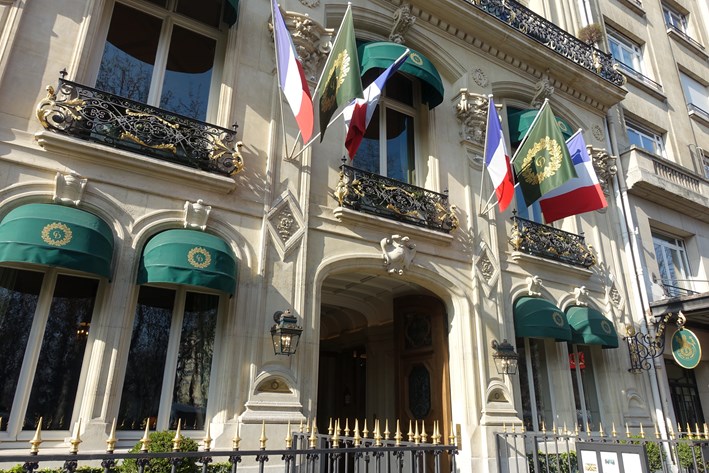

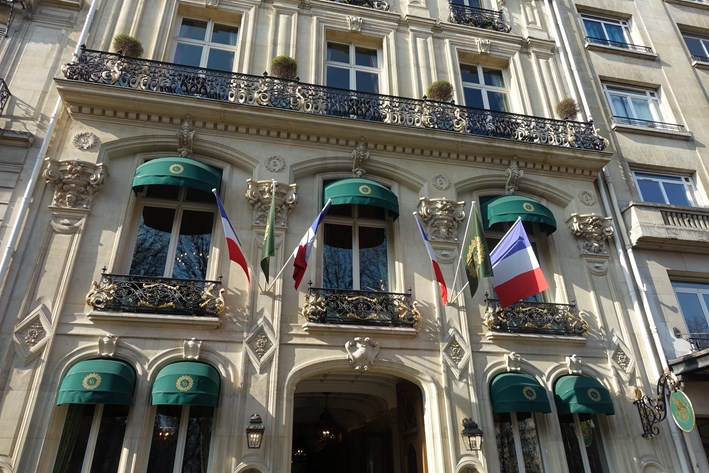
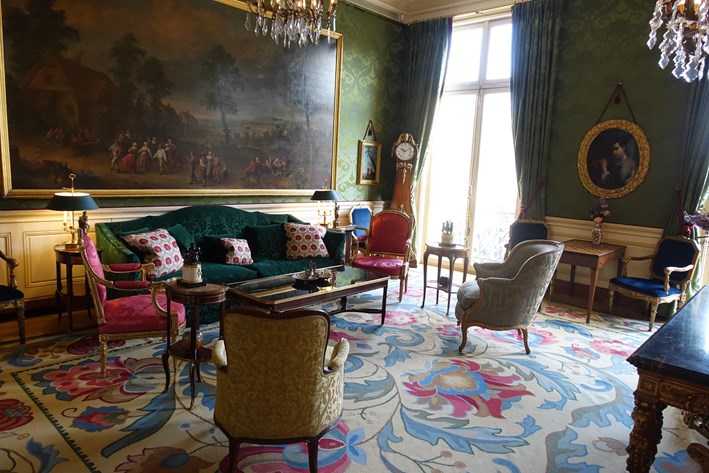
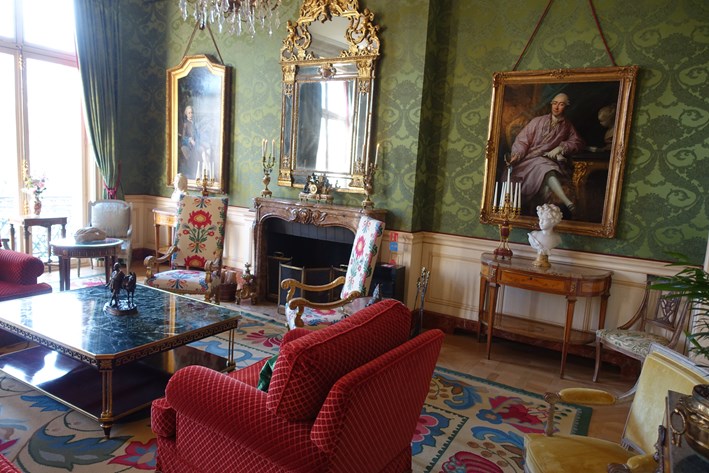
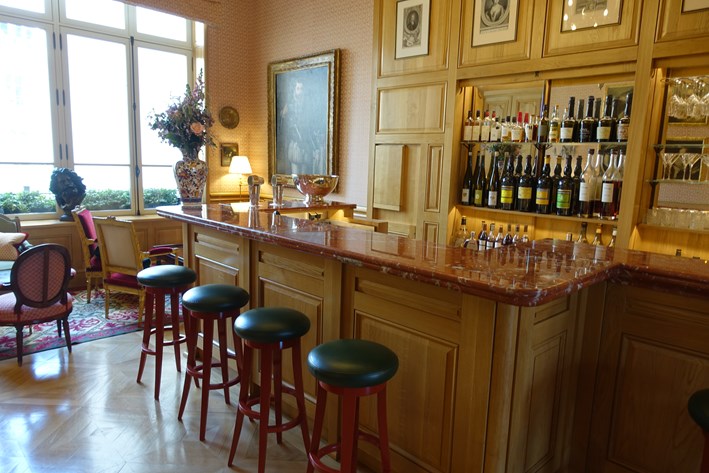
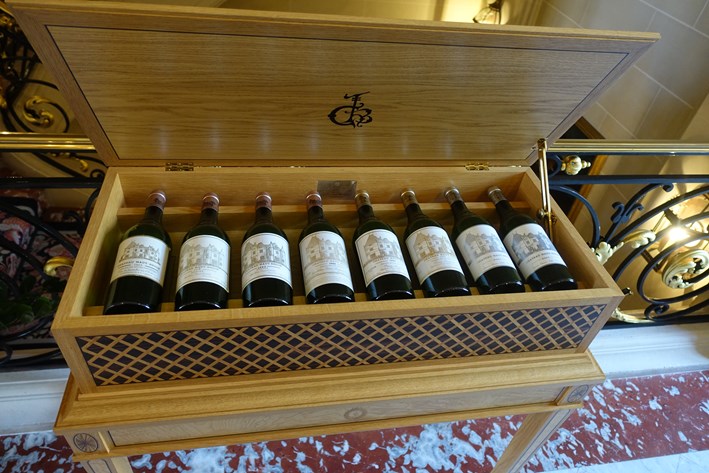
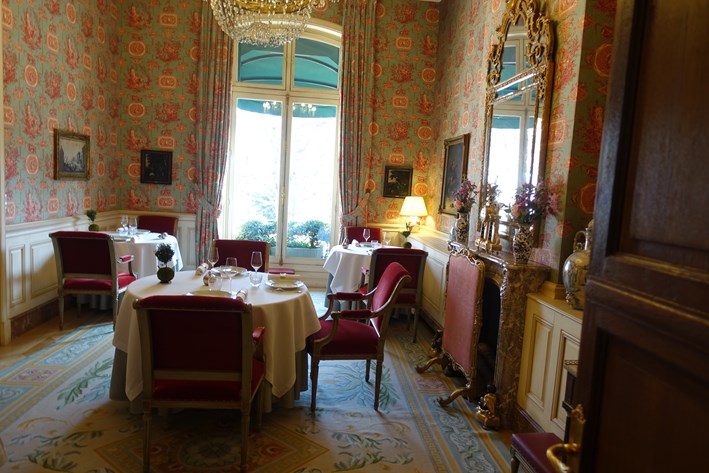
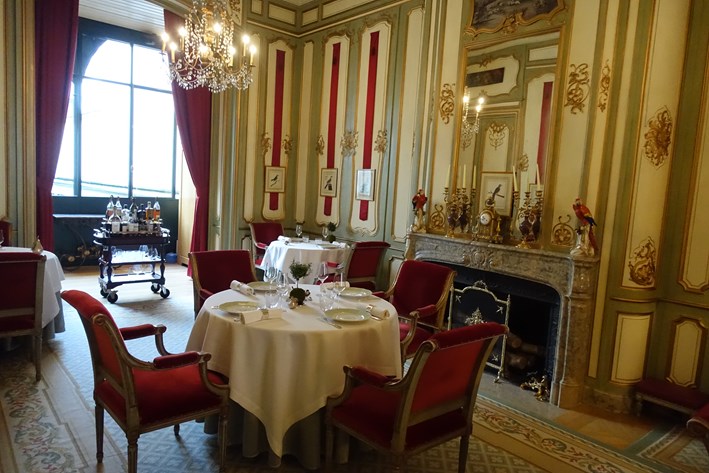
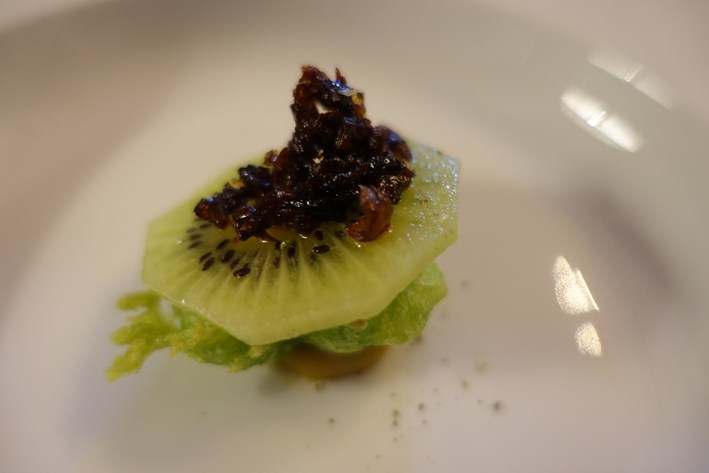
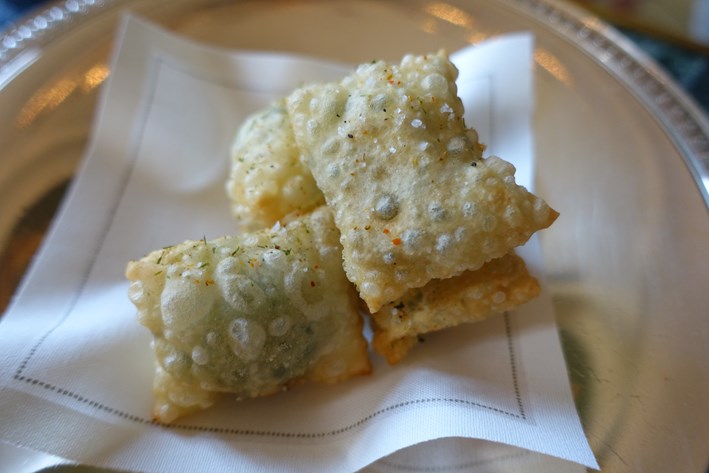

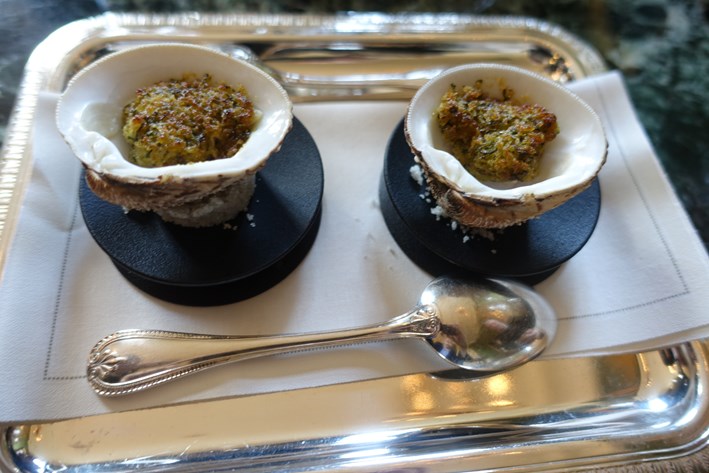
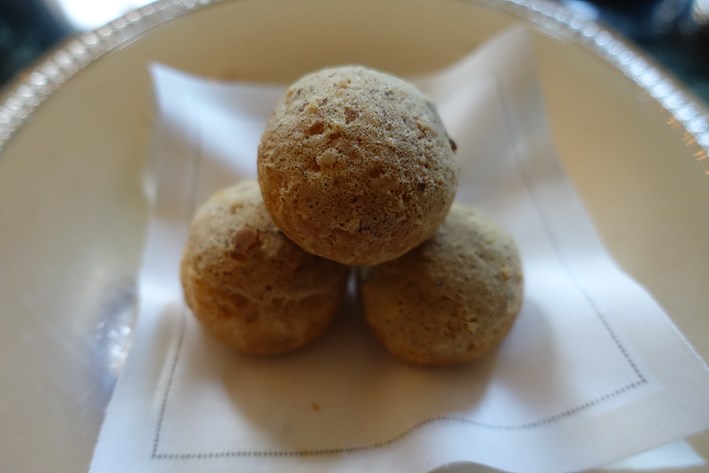


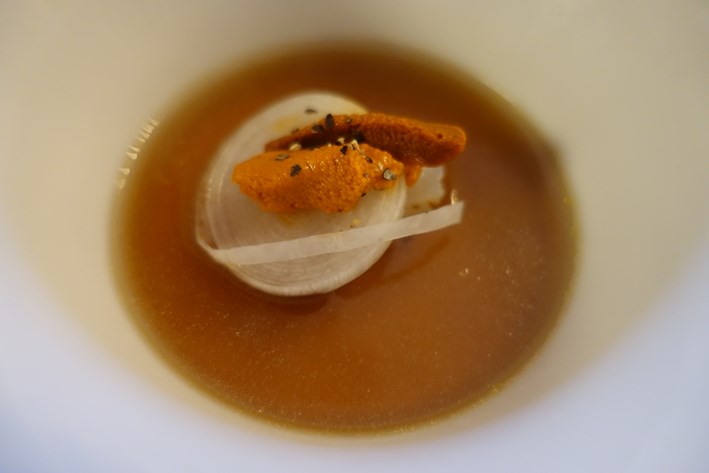
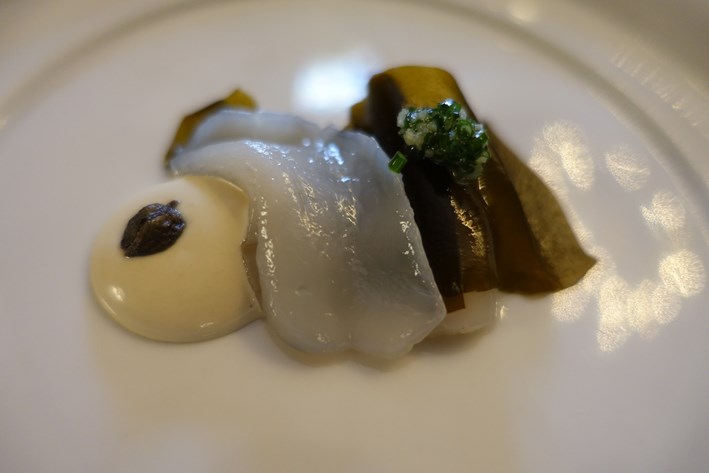
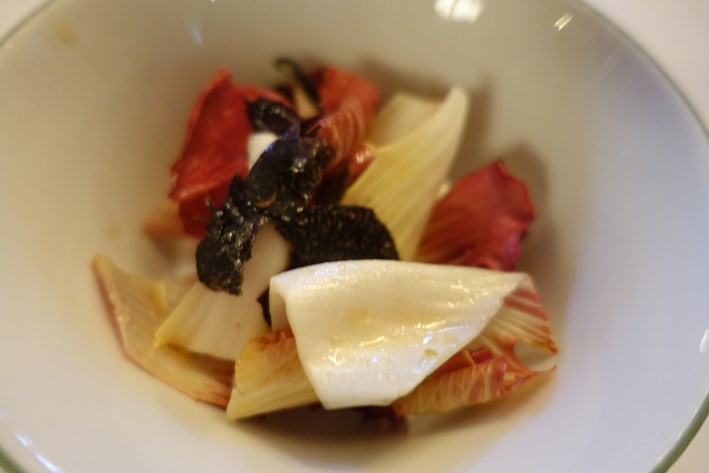
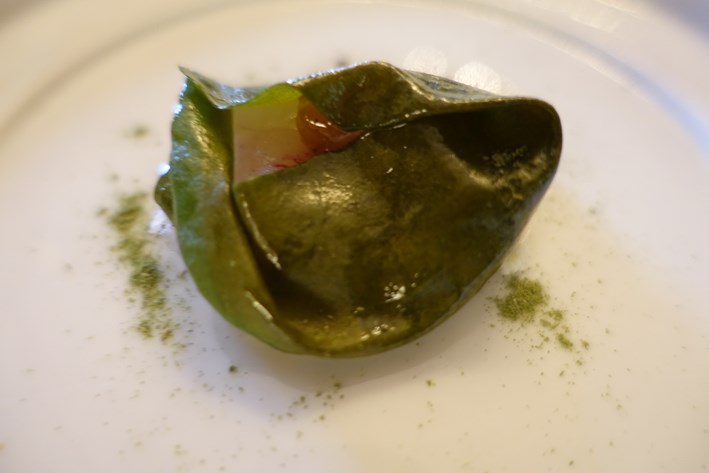
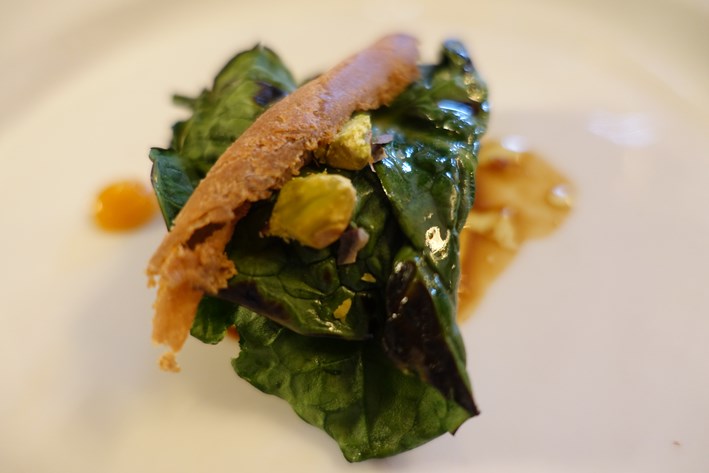
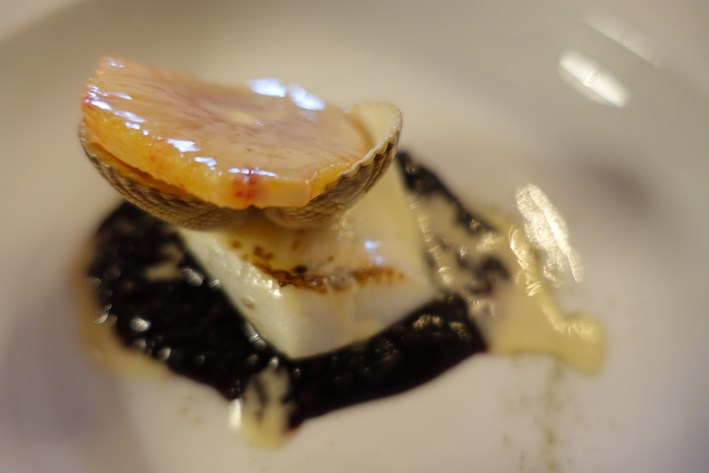
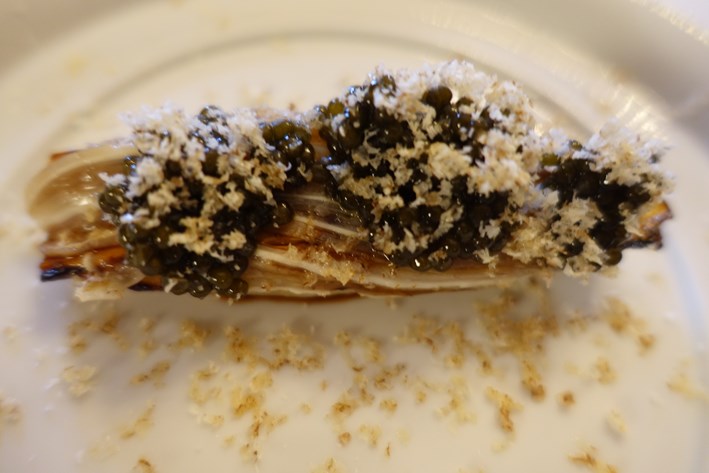
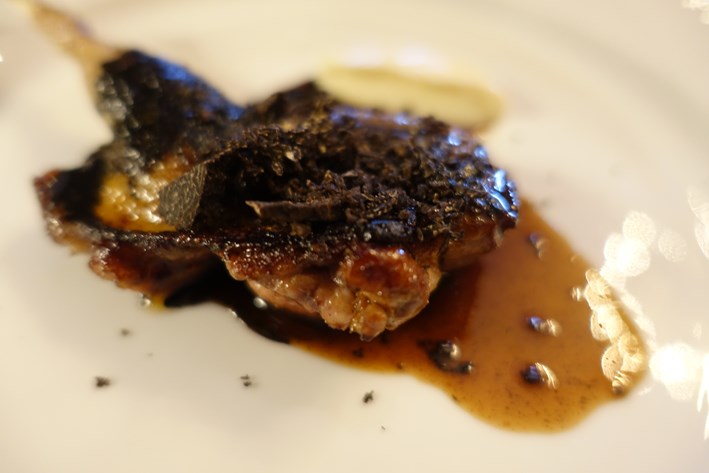
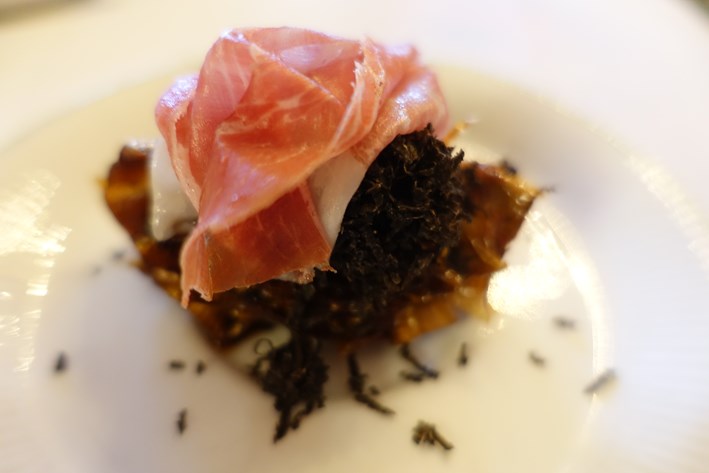
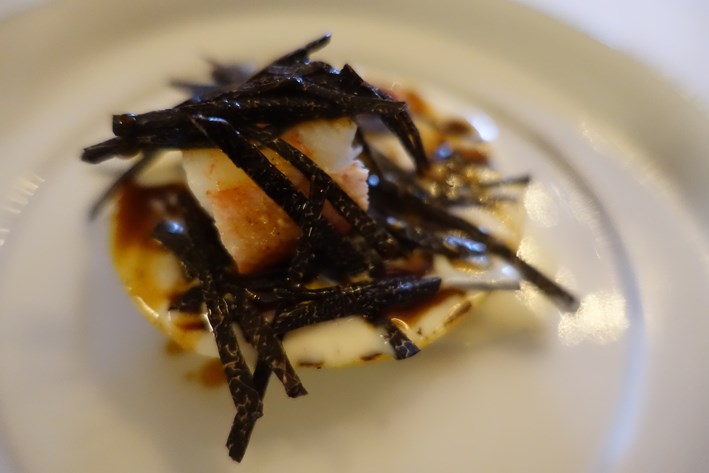


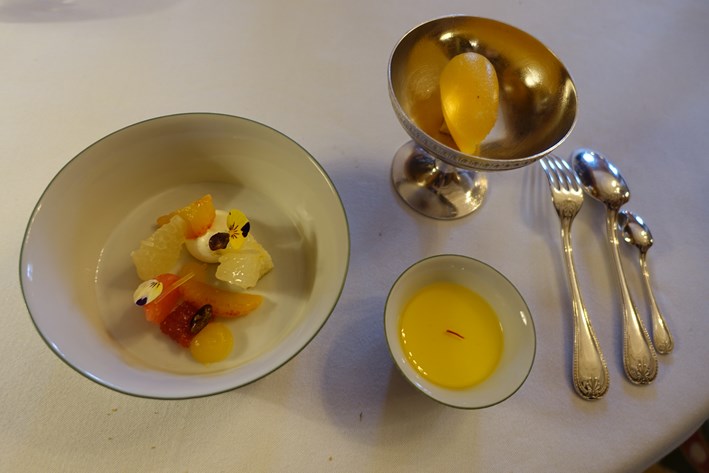
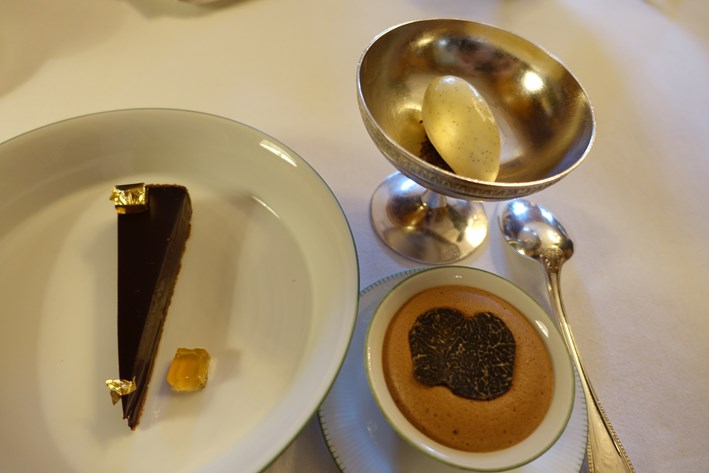
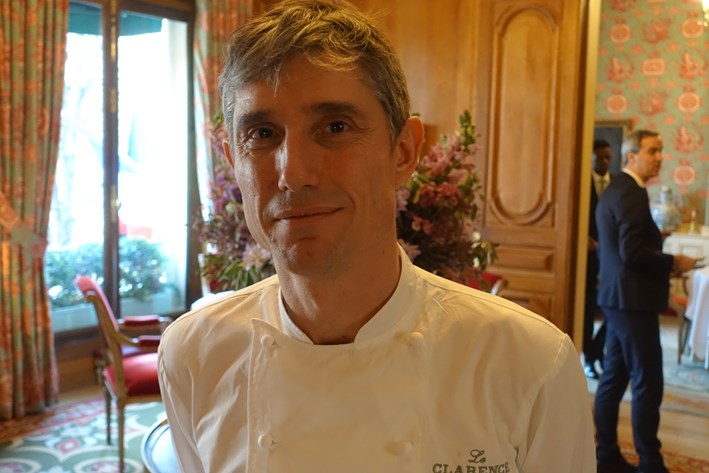

Lee
I have to agree Andy - I went here last year the day after having lunch at Pierre Gagnaire's eponymous 3*, and found it far better in almost every way.